Restoration efforts
From the early 2000s, to ease the pressure on these lakes caused by population concentration and excessive development, Yunnan formulated special regulations to guide the gradual withdrawal of the population and industries from lakeside areas.
Since 2008, Kunming, the provincial capital, has been clearing farmland, fish ponds and structures within 200 meters of Dianchi's shoreline. A total of 58 wetlands covering 3,047 hectares have been restored.
In 2018, the city of Dali completed the demolition of 1,806 households and homestays on the shores of Erhai Lake. The shoreline was then transformed into an ecological corridor to intercept and purify polluted water and reduce the impact of human activities.
"An important measure to manage and protect the lake is to control pollution at the source," said Yuan Tingju, director of Kunming's Dianchi Lake administration bureau.
Yuan said the city has implemented a project to separate rainwater and sewage, which includes the construction and reconstruction of over 200 km of drainage pipes. It has also built 29 urban sewage and rainwater treatment plants in the Dianchi Lake basin, with an annual sewage treatment capacity of 700 million cubic meters.
"To accelerate the lake's water circulation, we have been diverting water from the Niulan River and only discharging high-standard purified wastewater from treatment plants," he said.
A total of 1.06 billion cubic meters of water from the Niulan River and 1.82 billion cubic meters of purified wastewater have been discharged into the lake, which is the equivalent of replacing all the water in Dianchi twice, he added.
Xiong Hua, deputy director of the Kunming Dianchi National Tourism Resort's water management bureau, said rainwater from the drainage network, river water and purified wastewater stay in the wetlands for five to seven days before entering the lake.
"This process further reduces pollutants and breaks down excess nutrients, to ensure the quality of the water that flows into the lake," he said.
Similar measures have also been taken in the Erhai Lake basin.
Eryuan county, the main water source for Erhai Lake, has preserved 2,013 hectares of natural wetlands and created 2,573 hectares of artificial wetlands, said Yang Chunbing, director of the county's wetland protection and management center.
"Tests conducted by professional agencies show that the wetland purification process can improve water quality from Grade IV to Grade III or even Grade II," he said.
A total of 25 livestock and poultry manure collection stations have been built in the basin. The local government provides a subsidy of 80 yuan ($11.2) per metric ton to enterprises that collect and turn organic waste into fertilizer or biogas.
Liu Fei, executive deputy general manager of Yunnan Shunfeng Erhai Environmental Technology Co, said his company collects nearly 2,000 tons of organic waste every day from the basin, and transforms it into organic fertilizers and biogas.











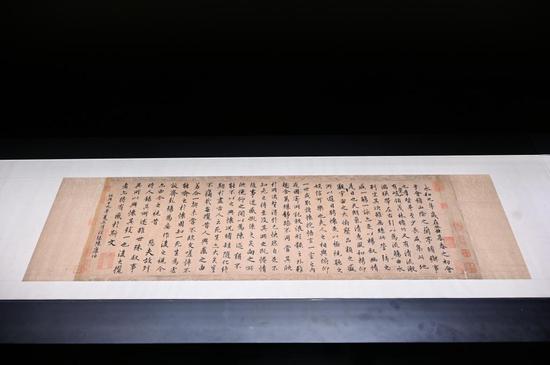
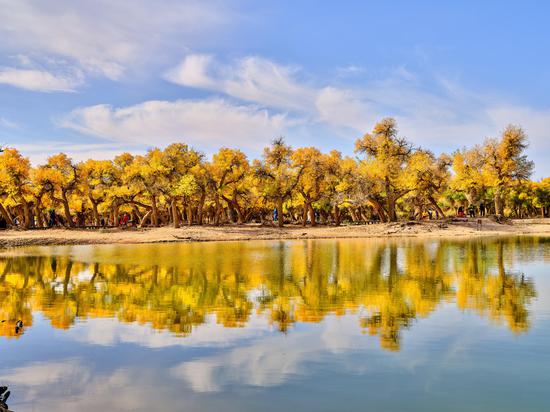


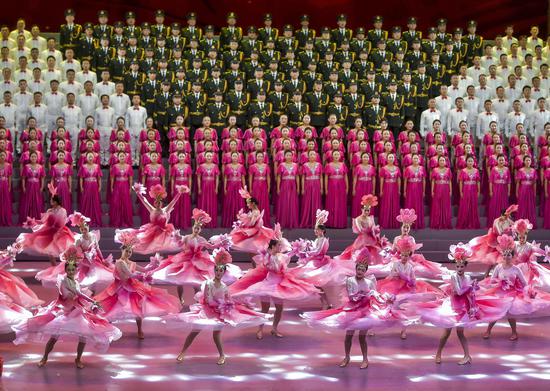
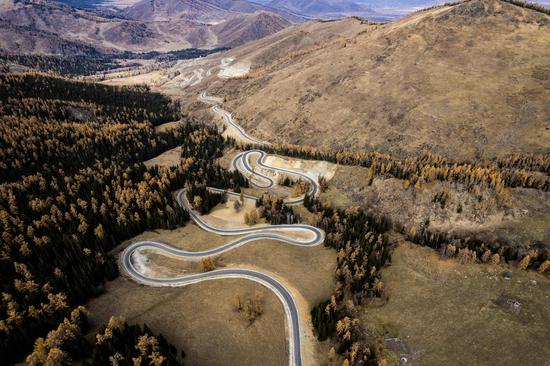
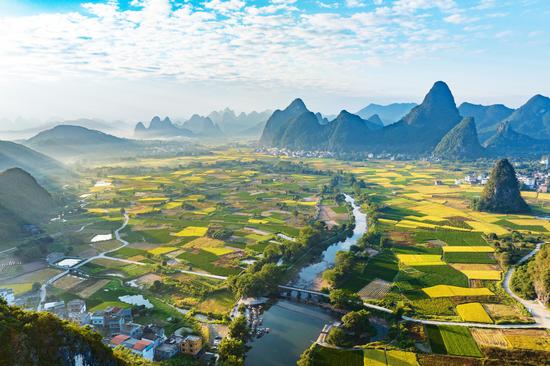
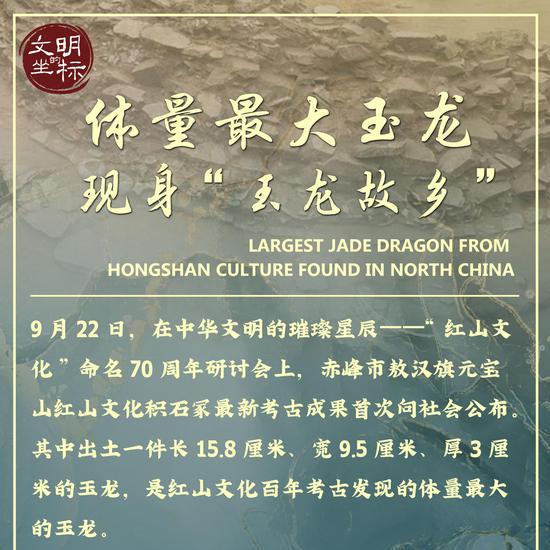


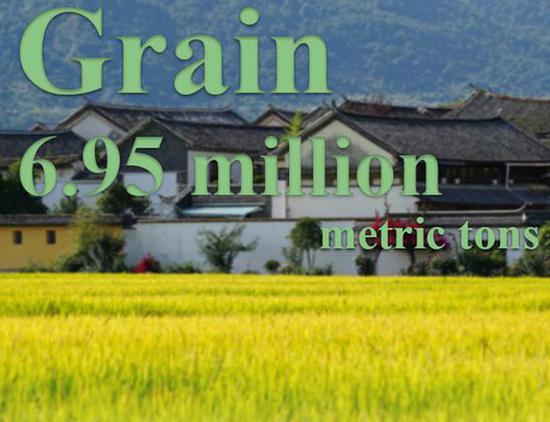






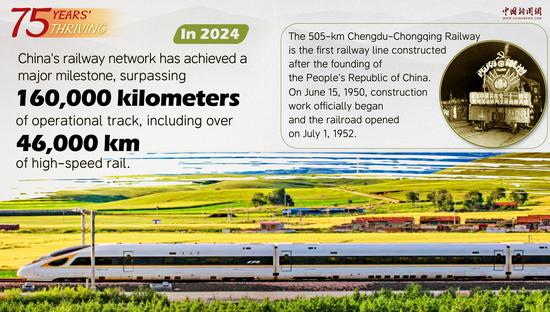
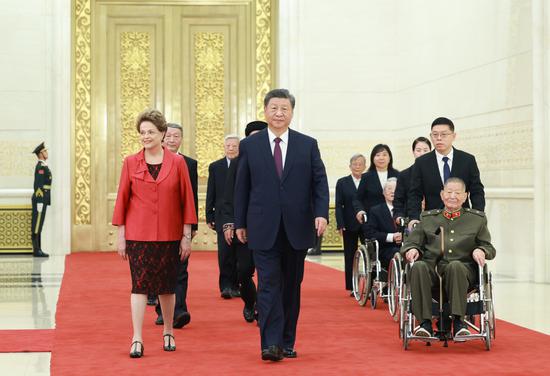


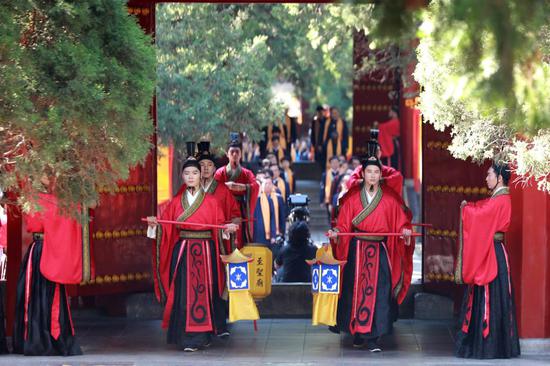


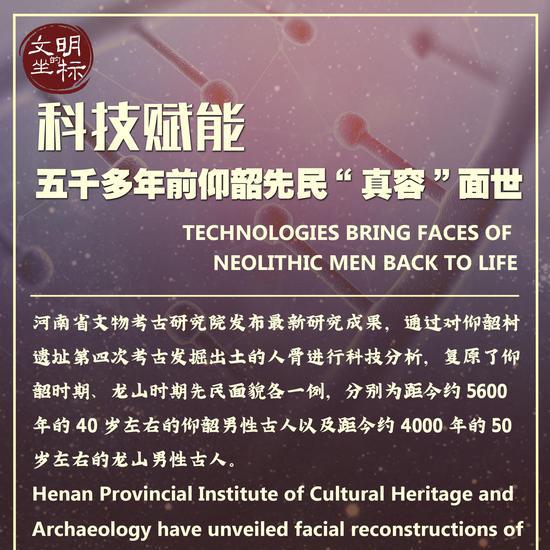

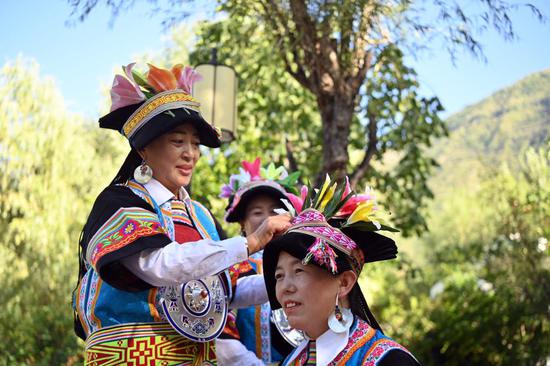
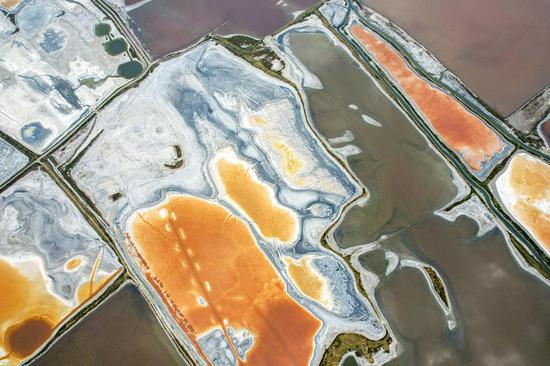










 京公网安备 11010202009201号
京公网安备 11010202009201号